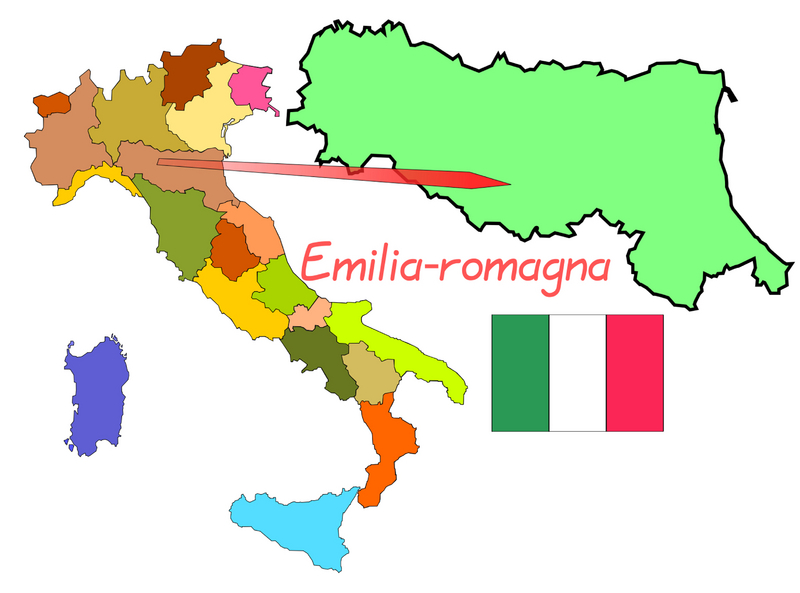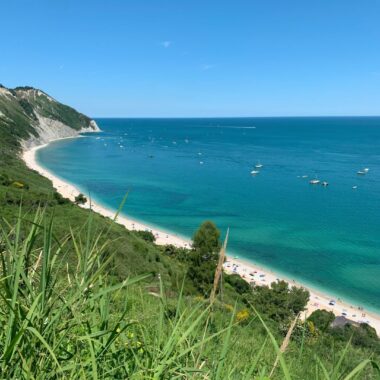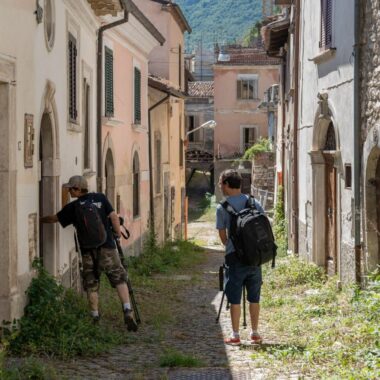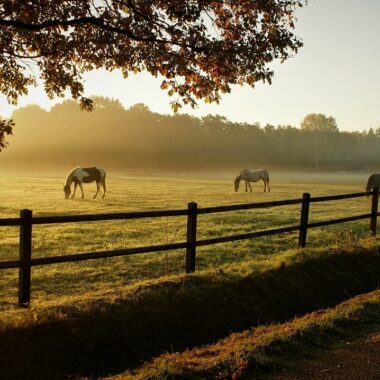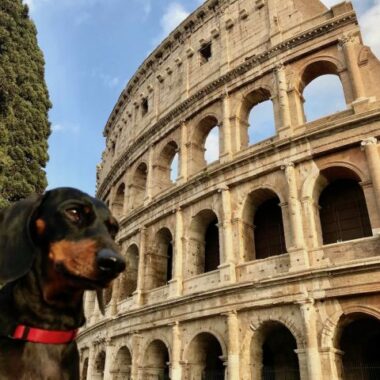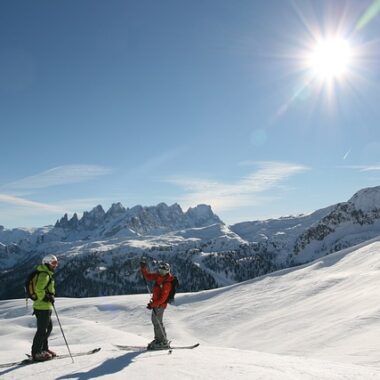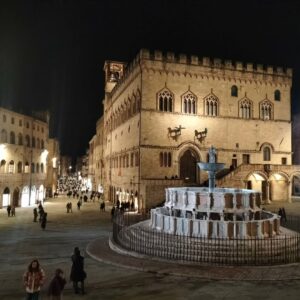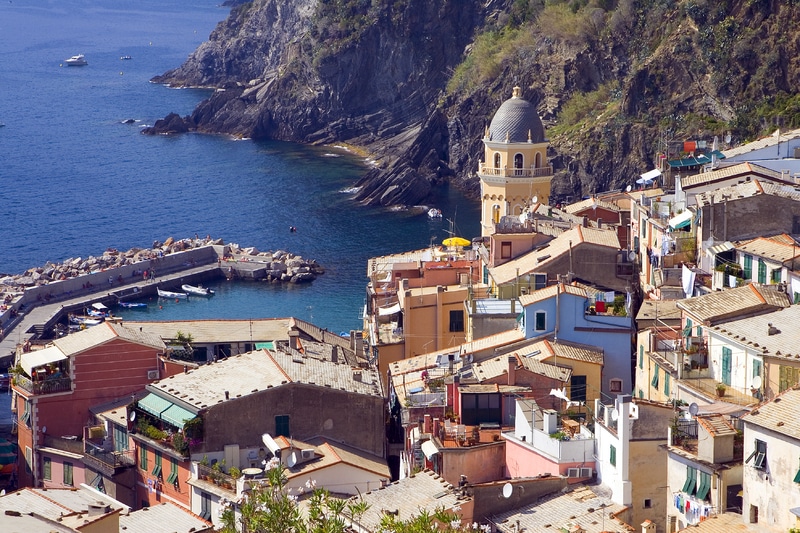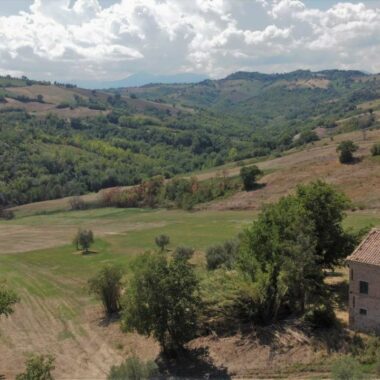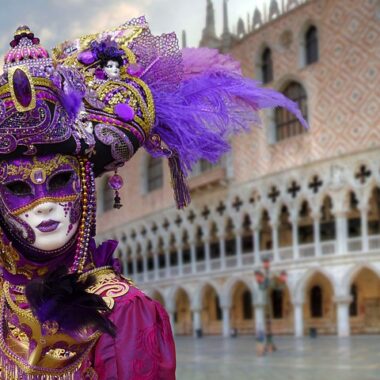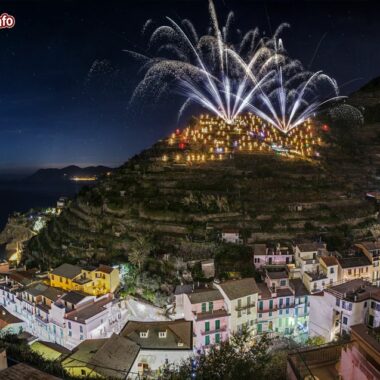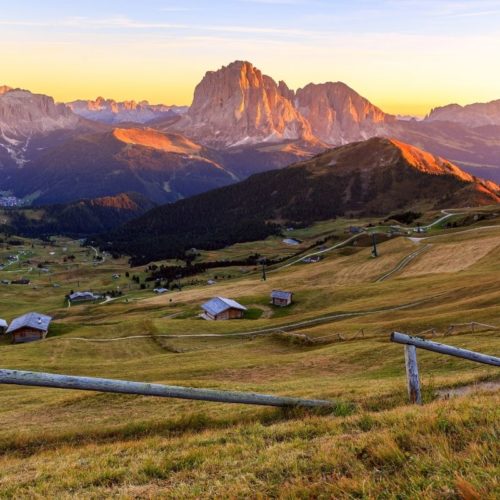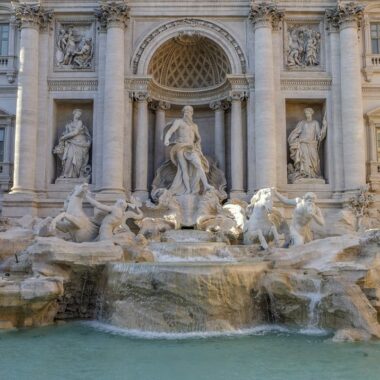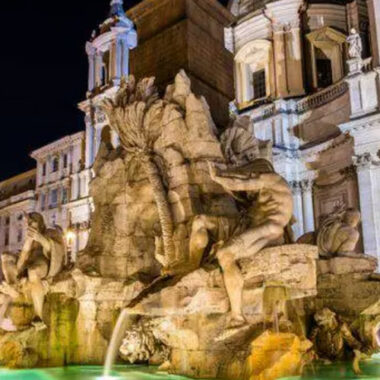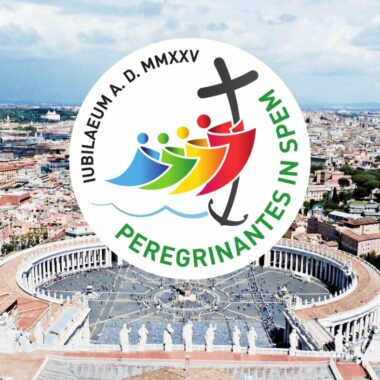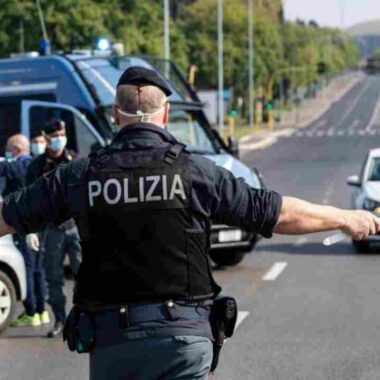The region of Emilia Romagna occupies the north-central portion of Italy south of the Po River. Emilia Romagna nearly stretches across the country with its eastern border along the Adriatic Sea and its western area bordering the Liguria. To the north, Emilia Romagna borders the regions of Lombardy and the Veneto while to the south lie Le Marche, Tuscany, and the Independent Republic of San Marino.
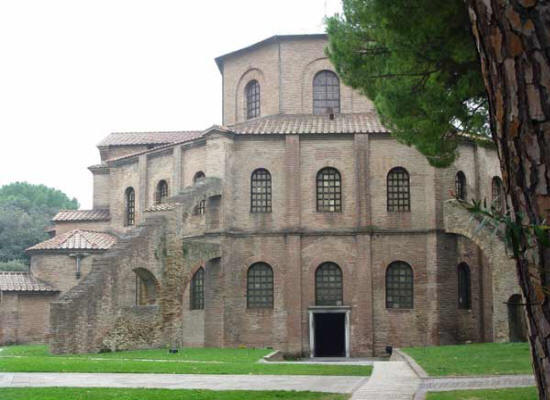
It is in the area around Bologna and Modena that the central Italian mountain chain, the Apennines starts to rise on their way toward the south. The flatlands of Emilia Romagna are home to intensive agriculture ranging from wheat and grapes to livestock. The once useless marshlands of Romagna have now given way to the chemical industry as well as the rebirth of a number of seaside resorts such as the ancient city of Rimini.
Emilia Romagna: History
Emilia Romagna was once a stronghold of the Etruscans by the 6th Century BC. However, two centuries later the Gauls forced the Etruscans out of Emilia Romagna. The Romans arrived in the 2nd Century BC and changed the face of the land creating a series of market towns along a road named the Via Emilia. Today those market towns still exist and the road has lent its name to the western portion of Emilia Romagna.
After the fall of Rome, the Byzantines moved into Romagna and created the Exarch of Ravenna, a period of two hundred year golden age that has left its artistic mark before the Frankish King Pepin conquered the area and donated the area to the Pope. This land grant by Pepin was enforced by the forged “Donation of Constantine”, which claimed the Emperor Constantine the Great donated central Italy – including Emilia Romagna – to the Papacy after his conversion.
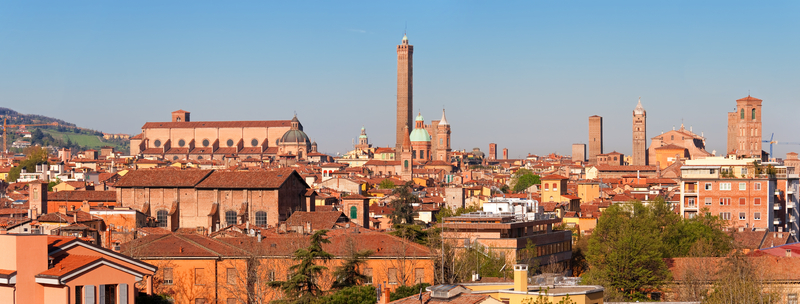
People from Emilia Romagna successfully defended their freedom from both Emperor Frederick II (Stupor Mundi) as well as aggressive Popes. Eventually, the city-states would lose their freedom as Renaissance Pope (and a patron of Michelangelo) Julius II would finally conquer Emilia Romagna for the Papal States.
Emilia Romagna would then be parceled out to the house of Bourbon, with Modena and Reggio ruled by the local Este family until the Napoleonic wars of the 19th Century. Emilia Romagna was an early participant in the struggle for Italian unity and joined the early nation in 1859. The citizens decided to revive the ancient Roman name of Emilia; the final step was to join Emilia with Romagna in 1947.
Emilia Romagna: Regional Food and Wine
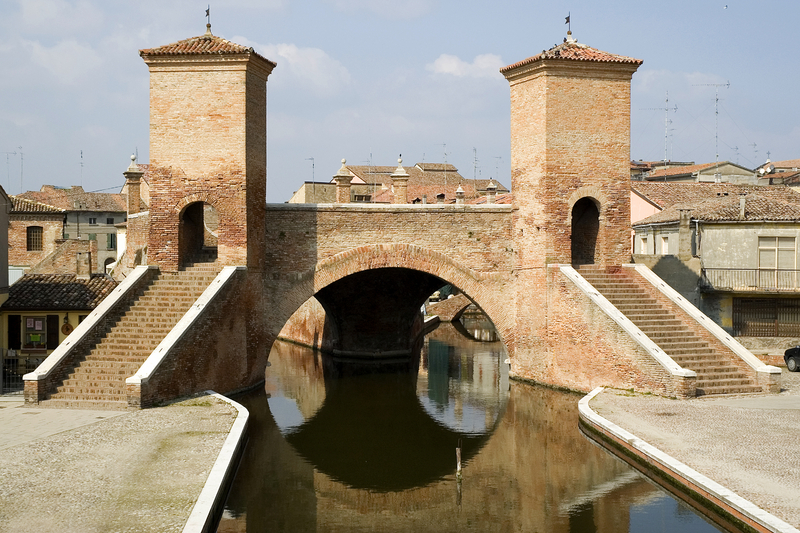
Italian food would not be what it is today without the uncountable culinary gifts bestowed upon it by Emilia Romagna. The pasta, sauces, cheeses, and pork products of Emilia Romagna are world-famous and still made in traditional fashion.
Stuffed pasta includes the Tortellini of Emilia and the Cappelletti of Romagna, served with the famous Bolognese Ragu. Emilia Romagna is home to the most popular (and imitated) Italian cheese; the Parmigiano-Reggiano has found its way into recipes around the world.
Pork products include Parma’s famous Prosciutto, Zibello’s time-honored Culatello, Bologna’s Mortadella, and the Zamponi (stuffed trotter sausage) of Modena. Romagna is home to fish and seafood dishes, with eels being a favorite of Comacchio. The area of Modena is also the home of the coveted Balsamic vinegar of Modena, yet another masterpiece of Emilia Romagna that is often imitated, but never duplicated.
The wines of Emilia Romagna are also very popular throughout Italy much like its food. The sparkling red Lambrusco Salamino di Santa Croce (DOC) is fruity, full-bodied, and delicious, barely resembling the inferior mass-produced version available in the US. In contrast is the dry white wine Albana di Romagna (DOCG), popular since Roman times. The Trebbiano di Romagna (DOC) goes well with seafood dishes of Romagna and is another wine with an ancient pedigree.
Regional Highlights
Bologna
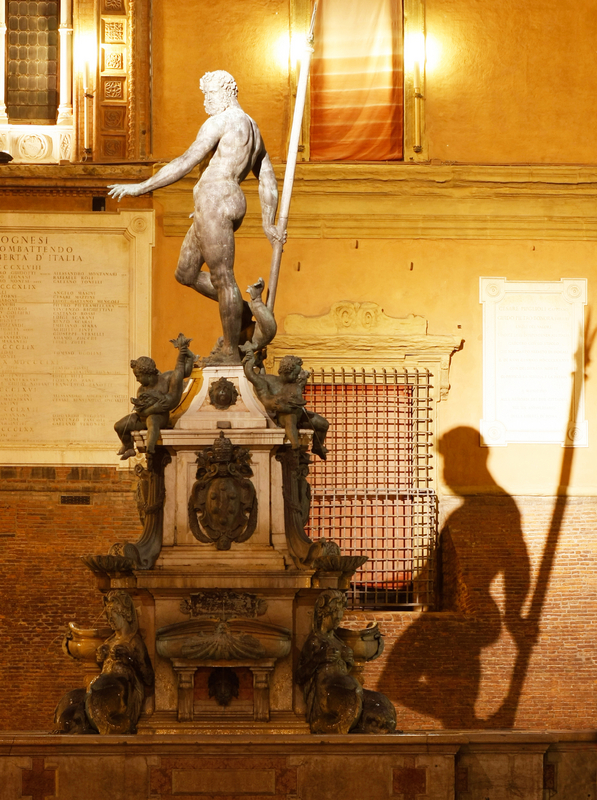
Bologna is the capital of the region. It was once known as the Etruscan city of Felsina. Bologna has weathered both feast and famine for centuries with a style and grace that other great cities envy. It is a city of many nicknames, the most famous being Bologna la Grassa (the fat), which is easy to understand once trying the countless Bolognese specialties offered at every corner.
Nevertheless, there is more to Bologna than just food as it is home to the oldest university in the Western World, the “Bo” founded in the 11th Century. Piazza Maggiore is the heart of Bologna and is the home of the city’s Duomo, the unfinished gothic San Petronio. The church was the site of Emperor Charles V’s crowning and is home to a meridian line, used by the astronomer Cassini to calculate longitude. For a magnificent view of Bologna climb the Torre degli Asinelli, one of two slender leaning towers in the heart of the city.
Parma
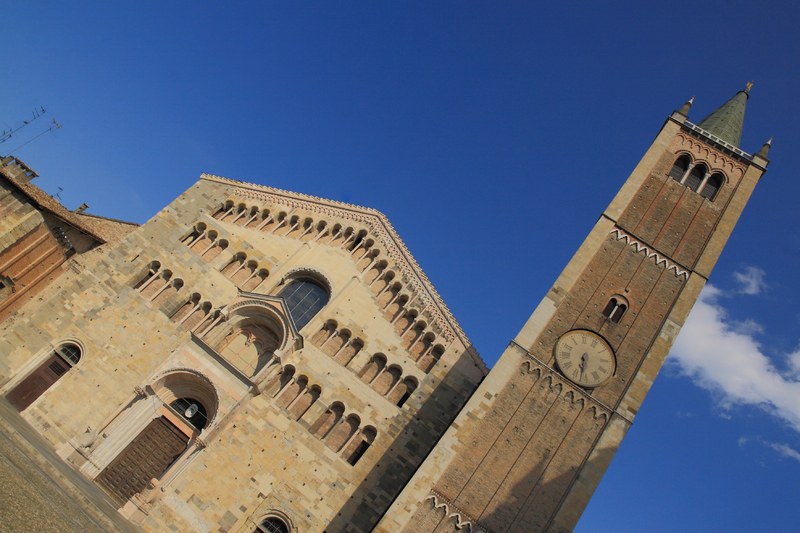
Parma is another city in Emilia Romagna that is famous for its food. Both Prosciutto di Parma and Parmigiano-Reggiano are household names the world over, but again there is more than just good food in Parma. Piazza Duomo, home of the cathedral is a charming space dominated by the church’s Romanesque facade and Campanile. The octagonal Battistero is very unique and made of rose marble that gleams in the sun. The austere Palazzo della Pilotta is home to the Teatro Farnese, once the largest theater in the world and the first with a movable stage that has been restored to its former glory after being destroyed in World War II. From Parma are day trips to the countryside and its many castles, some of them offering accommodations, food, and medieval tournaments and banquets.
Ravenna
It seems that the city of Ravenna was destined to be great. Three times in its history, Ravenna has been the capital of a powerful state with the Byzantine period leaving us today with a wealth of artistic treasures and a UNESCO World Heritage Site. Foremost of Ravenna’s treasures are its mosaics; the San Vitale Basilica contains some of the best known, depicting the Byzantine Emperor Justinian and Empress Theodora. The Mausoleum of Galla Placidia belongs to the sister of Emperor Honorius and houses the oldest mosaics in Ravenna, depicting a starry night sky. Although the Mausoleum of Theodoric the Goth does not contain any mosaics, it was the final resting place of the most famous of the barbarian kings of Italy.
Maranello
Home of the Ferrari plant and the Ferrari Museum.
Emilia Romagna: Regional Festivals
- Ravenna – Carnivale in February
- Bologna – Procession of the Madonna di San Luca on the Day of Ascension (40 days after Easter Sunday)
- Ferarra – Palio di San Giorgio in May
- Soragna – Nose Festival in September
- Spilamberto – Feast of San Giovanni Battista with Balsamic vinegar competition in June
For Further Information:
Official Emilia Romagna Website: http://www.regione.emilia-romagna.it/
Official Tourism Website: www.emiliaromagnaturismo.it
City of Parma Official Website: http://turismo.comune.parma.it
Parmigiano-Reggiano Consortium: www.parmigiano-reggiano.it
By Justin Demetri

